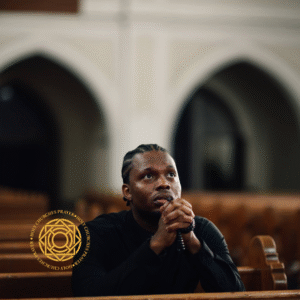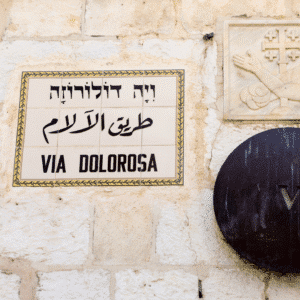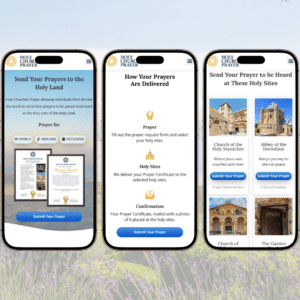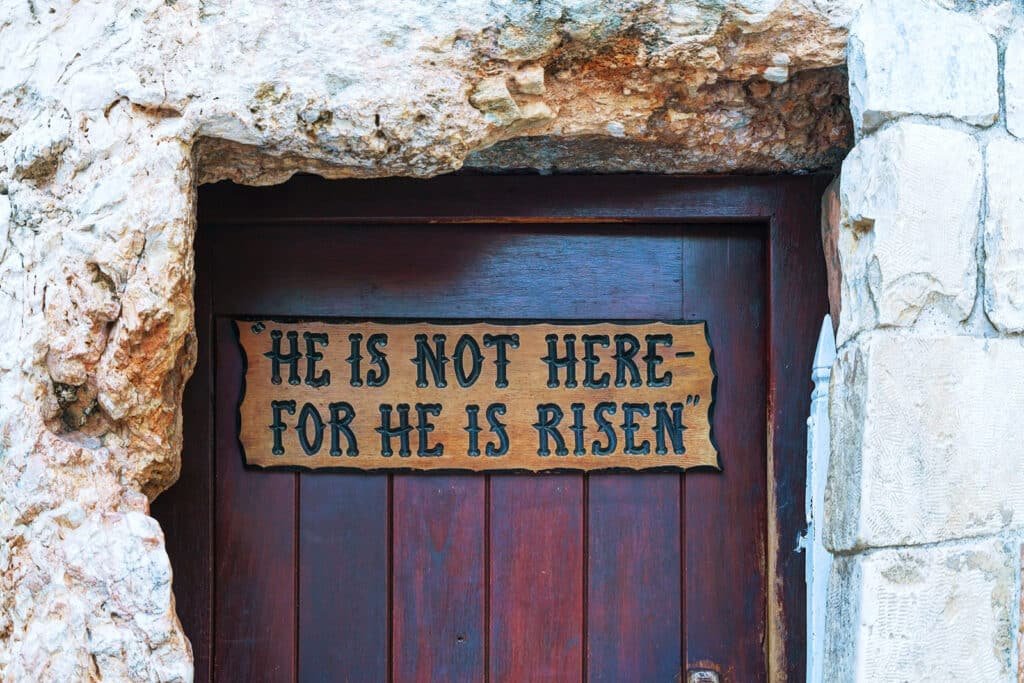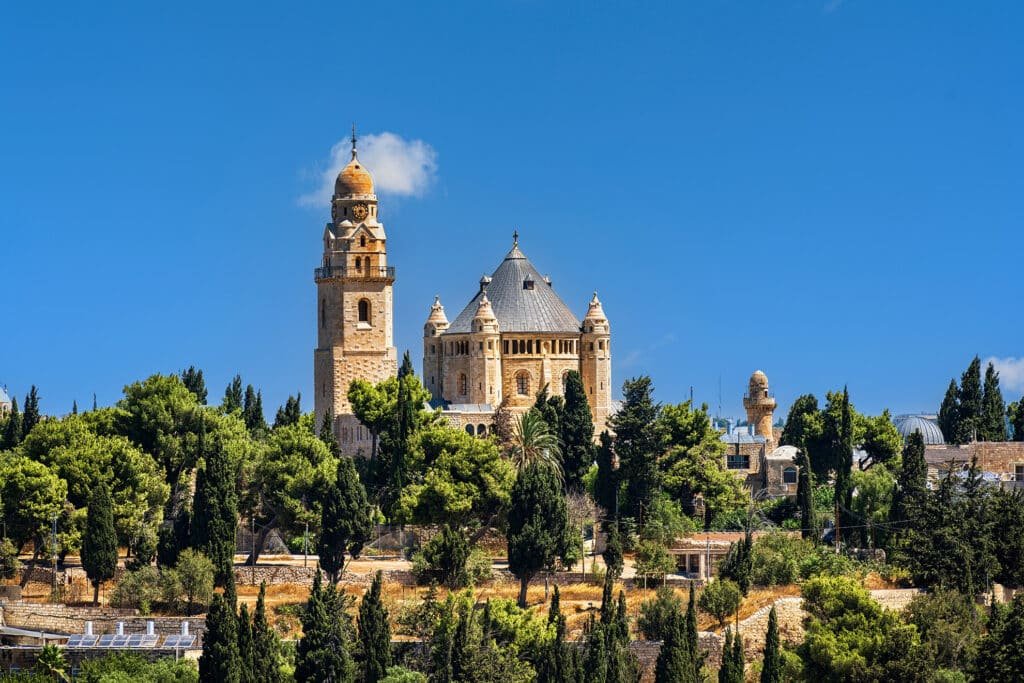Jerusalem, a city revered by millions around the globe, stands as a spiritual map of Christianity’s most sacred landmarks. The Holy City weaves together stories of faith, sacrifice, and divine encounters, drawing pilgrims from every corner of the world. For those planning a spiritual journey, this guide highlights five must-visit sites in Jerusalem—each offering a profound connection to the roots of Christianity.
1. Garden Tomb
Tucked away amidst lush greenery, the Garden Tomb is often regarded as an alternative site to the Church of the Holy Sepulchre for the crucifixion and resurrection of Jesus. This serene location invites visitors to reflect and pray in an atmosphere of tranquility. Many Christians are drawn to its simplicity and the sense of authenticity it offers, providing a peaceful contrast to the bustling streets of Jerusalem. The Garden Tomb remains a cornerstone of faith and a vital point on the map of Jerusalem’s holy sites.
2. Church of the Holy Sepulchre
Arguably the most important Christian site in the world, the Church of the Holy Sepulchre stands as the traditional location of Jesus’ crucifixion, burial, and resurrection. Entering its ancient doors, you’ll encounter the Stone of Anointing, Golgotha, and the Aedicule—a shrine built around the tomb of Christ. This church represents the heart of Christian pilgrimage in Jerusalem, where history and faith converge. As you walk through its halls, you are walking through centuries of devotion.
3. Church of All Nations
Nestled at the foot of the Mount of Olives, the Church of All Nations marks the site of the Garden of Gethsemane, where Jesus prayed before His arrest. Its breathtaking mosaics and somber ambiance inspire deep contemplation. Beneath the church lies the “Rock of Agony,” believed to be the exact spot where Jesus prayed during His darkest hour. The church’s architectural grandeur and spiritual significance make it an indispensable stop on any pilgrimage.
4. Dormition Abbey
Located on Mount Zion, the Dormition Abbey commemorates the Virgin Mary’s assumption into heaven. Its striking circular structure and serene interior provide a haven for prayer and reflection. The lower crypt houses a beautiful statue of Mary in repose, inviting visitors to ponder her pivotal role in the Christian story. From the abbey’s terrace, one can also enjoy panoramic views of Jerusalem, further enriching the spiritual experience.
5. Church of Saint Peter in Gallicantu
This remarkable church, perched on the slopes of Mount Zion, honors the moment of Peter’s denial of Jesus. Its name, “Gallicantu,” means “cock’s crow” in Latin, symbolizing Peter’s remorse and eventual redemption. Beneath the church, you’ll find ancient stone steps believed to have been part of the path Jesus took after His arrest. This site serves as a powerful reminder of human frailty and the boundless grace of forgiveness.
Additional Holy Sites to Explore
Beyond these five treasures, Jerusalem’s spiritual map is dotted with countless other sacred locations. The Mount of Olives offers awe-inspiring views and landmarks such as the Chapel of the Ascension and Dominus Flevit. The Via Dolorosa, the path Jesus walked to His crucifixion, is another essential pilgrimage experience. Don’t miss the Cenacle, traditionally recognized as the Upper Room of the Last Supper.
Jerusalem’s holy sites form a spiritual tapestry that continues to inspire and transform lives. Each location offers a unique encounter with the divine and an opportunity to deepen one’s faith. Whether standing in the peaceful Garden Tomb or walking the ancient steps of Saint Peter in Gallicantu, pilgrims find themselves woven into the living story of Christianity. Plan your journey today and let Jerusalem’s sacred map guide you closer to the heart of your faith.





